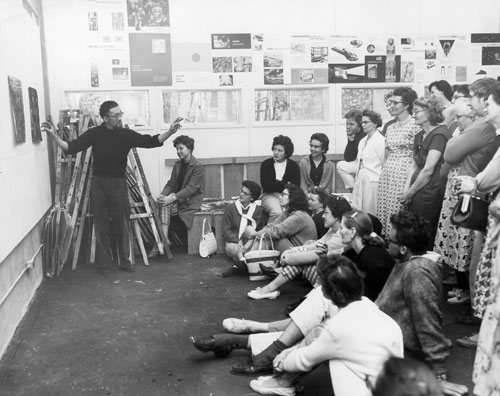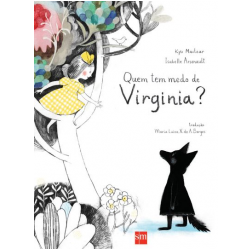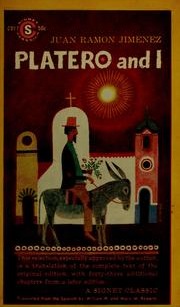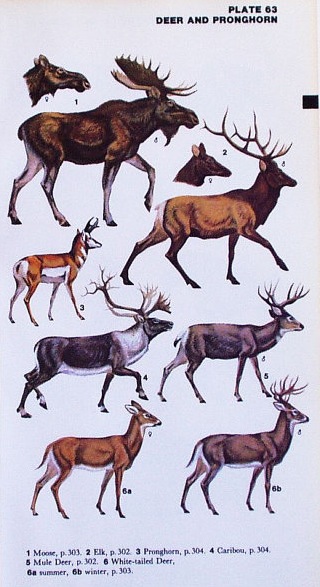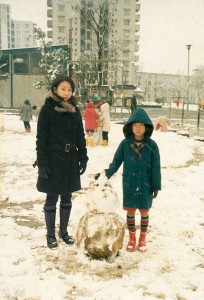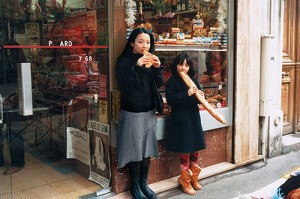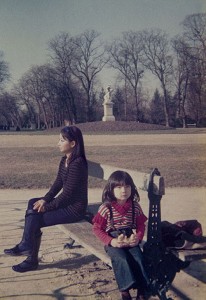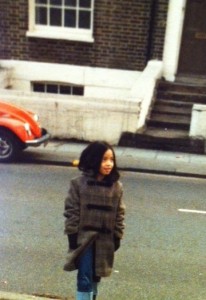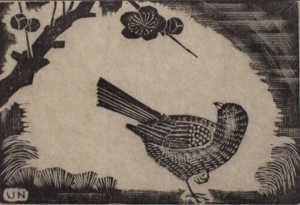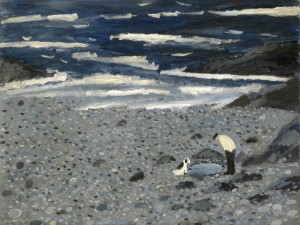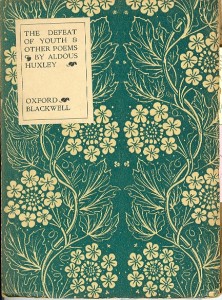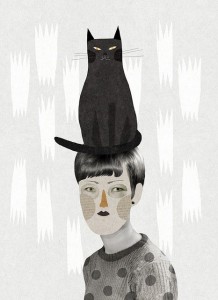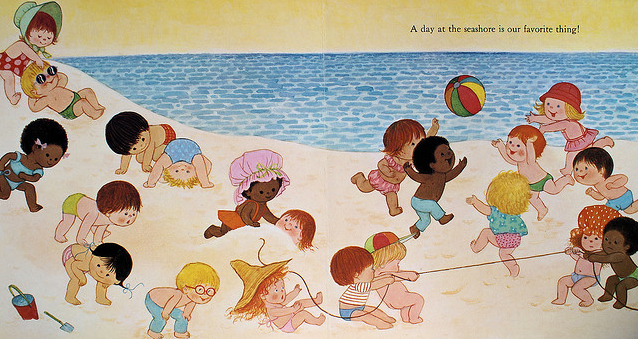There is nothing more attractive to me than a person with fence-jumping knowledge. A person who knows the creative and liberating effects of roaming and not being single-minded. Roy Kiyooka was such a roamer—a poet, photographer, painter, musician, performer, sculptor, filmmaker, teacher. Roy treated these activities as part of a connected project, alternate perspectives on the same fundamental human dialogue. He proposed that being an artist was not a vocation but a life-long search and calling.
“…Be indubitably an eye: by which
I mean the least gesture of the least thing underfoot or up in the air ought to captivate your whole sensorium.”
He inspired a generation of younger artists and academics on the West Coast, and found his way into my pantheon via an ill-fated love affair and a beautiful book entitled Pear Tree Pomes (at a time in my life when a boy could win me over by knowing the right poets.)
The first time I read publicly (in Vancouver), Roy squatted at the edge of the stage, a gnomic presence quelling my performance anxiety with his reassuring quietness. Later, and more significantly, he saved me from the anxiety of specialization, simply by modeling a life that moved laterally across fields.
It has been twenty years since Roy died suddenly and unexpectedly and there are a few lovely tributes including a commemorative exhibition and this wonderful article to mark the occasion. I know I am hardly alone in thinking of him frequently. As one of Canada’s first “multidisciplinary” artists and a self-professed member of the “artist tribe” he taught us what it meant to flout convention, stasis, and market expectations.
“Don’t allow yourself to be mislead by the false/urban
Sophistications, particularly ‘those’ ideas that come under
The rubrics of our conflated Media. Don’t let your own
Psyche dissemble because of its false aggrandizements. Find
Out how small your daily needs really are and then ask
Yourself—what high-tech progress and ambition really means.”
Please take a few minutes to watch this trailer (note: groovy cameos). You won’t be sorry.
(Excerpts: from Roy Kiyooka’s Hieronymus Bosch’s Heretical April Fool Diverti-mementos & Other Protestations as quoted in “Art Calling Fool Scold: The Discursive Pedagogy of Roy Kiyooka” by Henry Tsang. Images: “Roy Kiyooka teaching at Emma Lake Art Camp,” 1961. Trailer: “REED: the life and works of Roy Kiyooka” by Fumiko Kiyooka.)
“Prowling the meanings of a word, prowling the history of a person, no use expecting a flood of light. Human words have no main switch. But all those little kidnaps in the dark. And then the luminous, big, shivering, discandied, unrepentant, barking web of them that hangs in your mind when you turn back to the page you were trying to translate…” —Anne Carson, Nox
(Recent translations from the wonderful people at La Pastèque and Edições Sm)
When I was 17 years-old, I happened upon this eccentric book by Juan Ramón Jiménez in a small second-hand bookshop in Toronto, which led me to become interested in Andalusia, which led me to the music of Paco de Lucia (RIP, 1947-2014), which (in a way) led me to study Spanish in university, which (definitely) led me to travel to Spain with my best friend when I was 19, which (later) led me to return (three times), which (coincidentally) led me to be there when I realized that I was in love with my (now) husband, which led us to make some dramatic decisions that would put us in the same city at the same time, which (eventually) led us to travel back to Spain for our honeymoon…which (finally) makes me wonder about Actual Book Chains and whether they can (as often or as easily) trigger these kind of accidental life-changing reactions.
“My friend Malcolm told me a story about pronghorns recently, the North American creatures sometimes confused with antelopes. They can run at speeds of nearly sixty miles an hour, much, much faster than any of their existing predators. Some biologists think they’re still outrunning the dangerous species that went extinct at the end of the Pleistocene, specifically the cheetahs that existed on this continent. And then Malcolm asked what each of us is still outrunning and whether we can tell when our predator has been extinct for ten thousand years.”
—Rebecca Solnit, The Faraway Nearby
If you could go back in time and meet yourself as a kid, what would you say? Would you tell yourself what boys to avoid, which friends to choose, offer sober life lessons? Would you lead your younger self on a different pathway, help her skirt mistakes? Or would you simply cheer her on—perhaps join her for a stroll on the beach, help her build a snowman or share a bag of crisps?
London-based Japanese photographer Chino Otsuka has created a bittersweet collection of pictures in which she explores an imaginary meeting between her past and present selves. Inserting her current image into old photos from her childhood and adolescence, Ostuka creates seamless double self-portraits.
Here is how Otsuka explains the thinking behind her ‘Imagine Finding Me’ project: “The digital process becomes a tool, almost like a time machine, as I’m embarking on the journey to where I once belonged and at the same time becoming a tourist in my own history.”
I love Otsuka’s series partly for the same reason that I love Evelyn Hofer’s 1978 portrait of Saul Steinberg holding hands with a cutout of himself at age 8, and partly because it feels as if she has raided my family album. My own childhood travels from Japan to England in the 70s and 80s were so uncannily similar to Otsuka’s and those solitary children remind me so much of myself as an only child (see below), that I have to confess they bring both a smile and a shiver.
I keep looking at this photo above (by Sophie Roberts) and thinking that it’s somehow a metaphor for the creative process and our valiant/foolish attempts to arrest and control the flow of the world…The Bondi Icebergs pool in Sydney, Australia, sits right on on the Tasman Sea and is used year-round for recreational swims and competitions. Some days, the water is warm and calm. Other days, when the sea swells, the surf crashes over the walls pounding swimmers with its raw force. The world is always lapping at the edge.
p.s. Happy 13th Birthday Y. (You the man!)
Make things
Follow common birds
Be near water
Read widely
“Unbalance so as to rebalance” —Robert Bresson
(image sources: ichheisselola, limilee, gary bunt, mathilde aubier)
(“Snow country children going to a New Year’s event, covered in straw capes to protect them from the weather” by Hiroshi Hamaya, Niigata, Japan, 1956.)
I want to share this excellent article by Vimala Jeevanandam. It ran a few months ago in Quill and Quire (Canada’s book trade mag.) I missed it at the time and I have no idea if it gained any traction or sparked a wider conversation but I enjoyed reading it and hearing what the other authors had to say. It’s pleasantly surprising and weirdly unexpected to have a journalist take up the issue of diversity so intelligently and unapologetically (a sad commentary on the state of media and literary affairs in this country, I know.)
(Illustration by the trailblazing American illustrator and author Gyo Fujikawa.)

